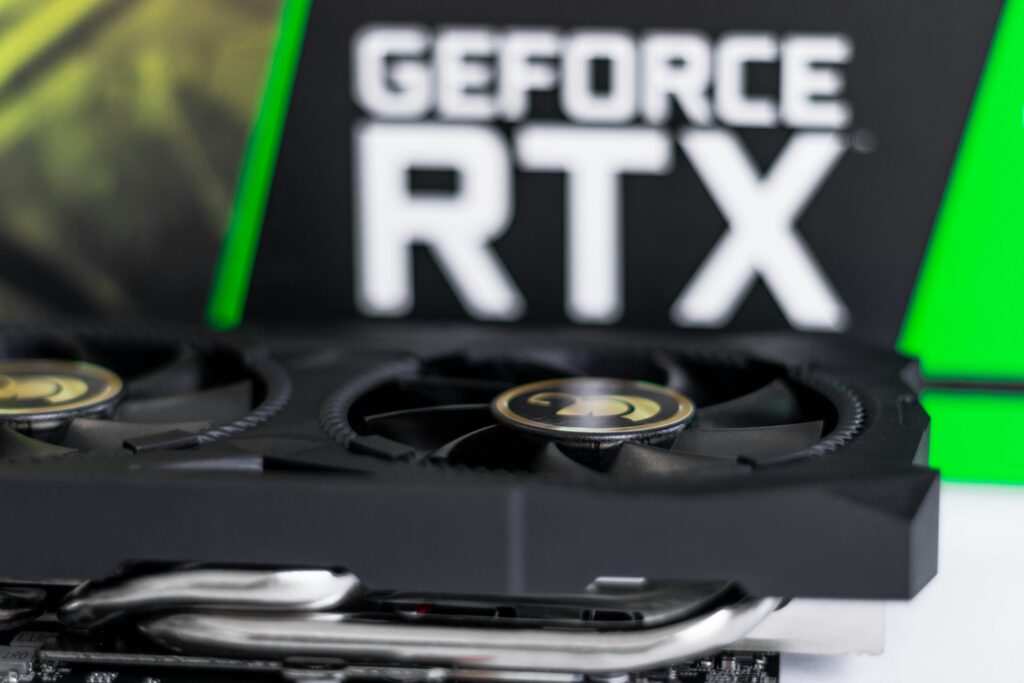The tech world is buzzing with anticipation as industry whispers point towards an imminent reveal of NVIDIA’s highly anticipated Next-Gen GeForce RTX 50 Series graphics cards. Following the success of the RTX 40 series, the upcoming generation is poised to deliver a monumental leap in performance, efficiency, and graphical fidelity, fundamentally changing expectations for PC gaming and professional rendering.
Sources familiar with NVIDIA’s roadmap suggest a launch window potentially in late 2024 or early 2025, with an official announcement likely to feature heavily at major tech events. While specific details remain under wraps, the new lineup, codenamed “Blackwell” for its flagship models, is expected to leverage a significantly refined architecture. This would build upon the advancements seen in the Ada Lovelace architecture, pushing transistor density and clock speeds to new heights. Industry analysts project a performance increase of at least 50% over its predecessors in some workloads, making 4K gaming at ultra-settings with ray tracing a smoother, more accessible reality. A recent report by The Verge highlighted the competitive pressures driving this innovation, noting how each new generation aims to dominate the high-end market.
Unprecedented Power and Efficiency
The core of the RTX 50 Series innovation lies in its architectural overhaul. NVIDIA is expected to transition to a more advanced manufacturing process, potentially 3nm or a highly optimized 4nm node, allowing for more cores, larger cache sizes, and improved power efficiency. This means not only raw power but also better performance per watt, a crucial factor for modern hardware. Expect enhanced Tensor Cores for AI acceleration and improved RT Cores for even more realistic and immersive ray-traced visuals. Furthermore, a new generation of NVIDIA’s DLSS (Deep Learning Super Sampling) technology is highly probable, offering superior image quality and frame rates without compromising performance, further enhancing the appeal of these new NVIDIA GPUs for competitive gaming and demanding graphical tasks.
Impact Across Industries
The implications of the Next-Gen GeForce RTX 50 Series extend far beyond gaming. For professional content creators, engineers, and researchers, these cards will unlock new levels of productivity. Real-time rendering in design applications, faster video editing and encoding, and significantly accelerated AI/ML model training will become standard. Architectural visualization, scientific simulations, and virtual reality development will all benefit from the substantial computational horsepower. This leap in gaming hardware and professional tools will solidify NVIDIA’s position at the forefront of the graphics processing market.
Moreover, the influx of such powerful hardware will inevitably push software developers to innovate further, leading to more graphically intensive games and more sophisticated professional applications. The entire ecosystem around visual computing will evolve, making previously impossible projects a tangible reality. To understand how prior generations paved the way for such advancements, readers might find value in exploring our article on the evolution of gaming GPUs.
The Future of Graphics is Here
Looking ahead, the RTX 50 Series will set a new benchmark for what consumers can expect from a high-end graphics card. Experts predict that these GPUs will not only handle today’s most demanding titles with ease but also provide ample headroom for the next wave of immersive experiences, including higher fidelity VR and AR applications. The emphasis on both raw power and smart AI integration signifies NVIDIA’s long-term vision for a future where intelligent processing enhances every aspect of visual computation.
While pricing and exact specifications remain speculative, one thing is clear: the launch of the Next-Gen GeForce RTX 50 Series will be a pivotal moment for the technology industry. It represents not just an incremental upgrade, but a significant step forward in the quest for ultimate visual realism and computational efficiency. The excitement is palpable, and the impact will be felt across gaming, professional industries, and beyond.

